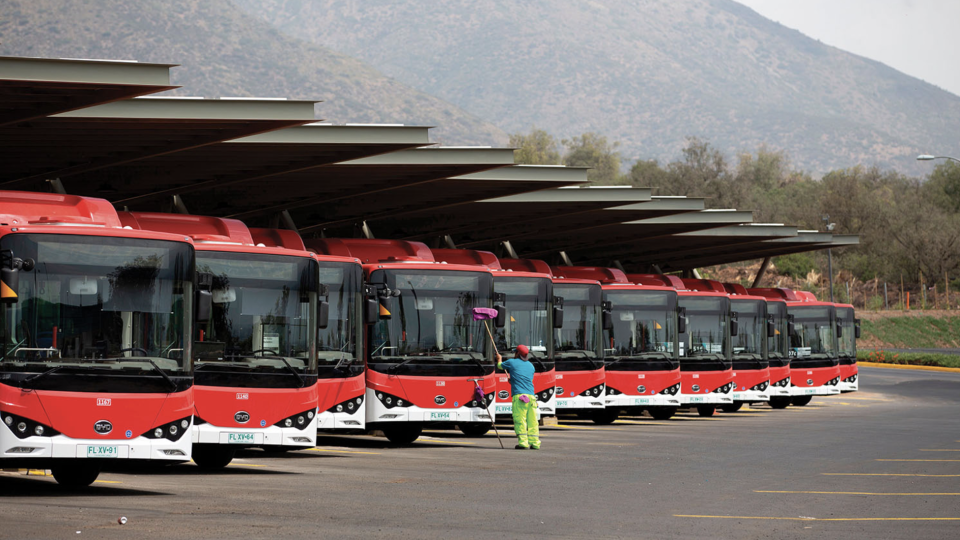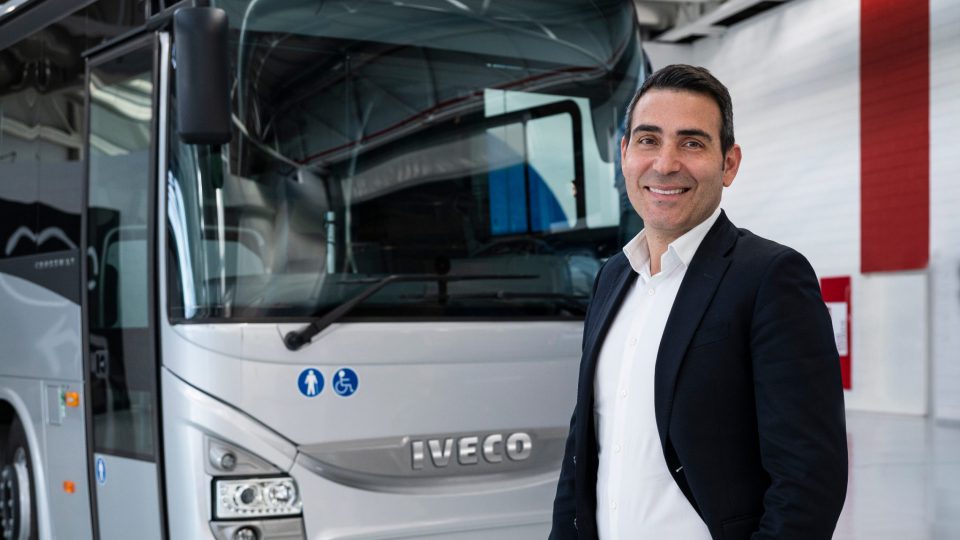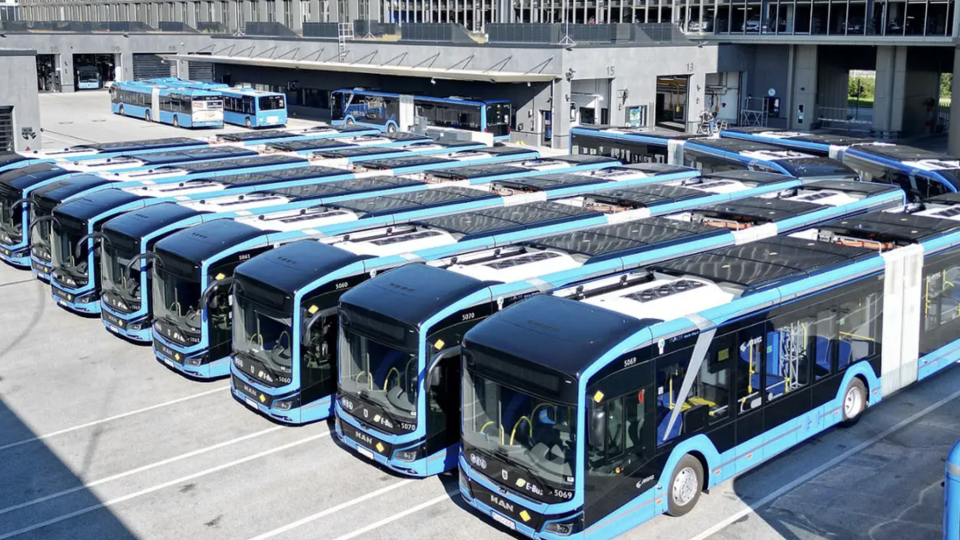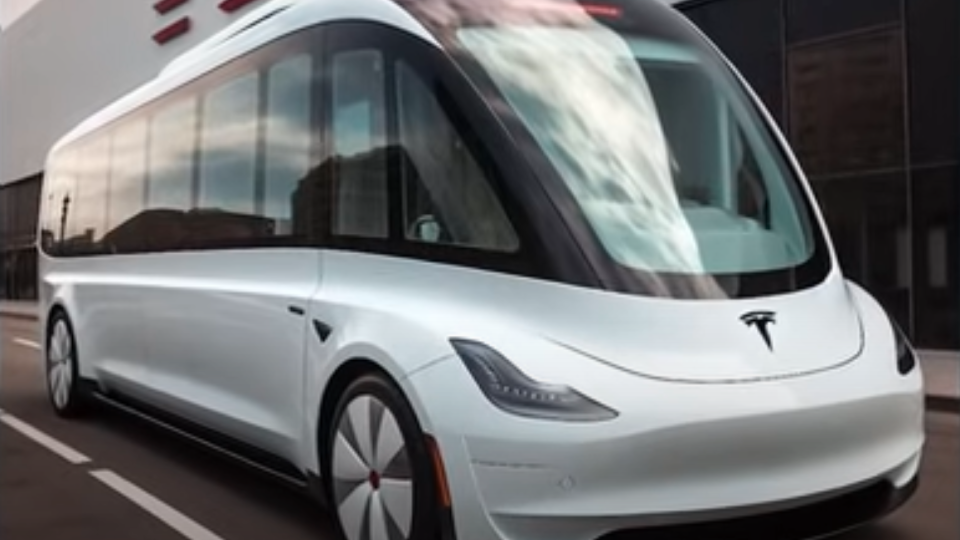2025, new trams for Prague by Skoda
The fleet of DPP (Dopravní podnik hlavního města Prahy), manager of the public transport network in Prague, is being renewed, again with electrically driven vehicles. DPP has in fact signed an eight-year contract with Skoda for the purchase of 40 new trams, model 52 T with an option for a further 160. The value of the […]

The fleet of DPP (Dopravní podnik hlavního města Prahy), manager of the public transport network in Prague, is being renewed, again with electrically driven vehicles. DPP has in fact signed an eight-year contract with Skoda for the purchase of 40 new trams, model 52 T with an option for a further 160. The value of the contract is CZK 16, 602 million and represents one of the largest investments in the history of DPP. The first 20 vehicles should arrive in Prague by December 2025, the other 20 a year later.
This is certainly an important investment for the most extensive network in the Czech Republic, developed over 140 km, opened in 1875, with 29 daytime and 9 night-time lines. Almost all lines have a journey time of between 40 and 50 minutes; three lines (10,22,26) have a journey time of around 70 minutes. The frequency of passages is on average every 10 minutes and the service operates from 4.00 to 0.30 a.m. on average, with the exception of line 42 which operates from 10 a.m. to 6 p.m. on Saturdays and Sundays. The data can give an idea of the extremely demanding service for the rolling stock. Prague’s tram network is beautiful and distinctive, alternating sharp bends with steep inclines with long, straight routes.

The new tram is a combination of components from other Škoda projects. The frames are taken from the ForCity Smart trams in Ostrava, Pilsen and Brno, while the powerful traction motor comes from the ForCity Plus project in Frankfurt, Cottbus and Brandenburg. In terms of the vehicle’s rough construction, the inspiration came from the five-part ForCity Plus tram in Bratislava.
The vehicle, a totally low-floor, one-way vehicle, consists of five bodies, 32 metres long, with 70 seats, 44 of which are front-facing and 26 facing each other, increasing the transport capacity by 33 passengers, i.e. by 16%. Particular attention was paid to materials, air conditioning with environmentally friendly refrigerant, and energy-saving LED interior and exterior lighting.
The passenger information system is provided by six large screens arranged along the vehicle; more identifiable and intuitive will be the buttons for opening doors and any driver warnings. The vehicle will also be equipped with an anti-collision system and automatic passenger counting.

Due to the characteristics of the network, curves and elevation profiles, the mechanical part has been carefully designed. The tram will be equipped with two rotating bogies at the ends and two partially rotating intermediate bogies. This solution guarantees adaptability to any type of requirement on the line, such as tight curves, while also reducing wear and tear on the tracks, and at the same time allowing for an accessible and spacious passenger environment. This solution will have an impact on longer vehicle life, assuming, for example, up to 50% more mileage than 15T trams, and ultimately lower maintenance costs for the bogies and its more expensive components.
The design is the result of the Skoda Group design team assisted by Romáš Chludil. The livery is white with red stripes, already adopted on the 24-metre trolleybuses.
Anti-collision system – accident prevention
Each tram will be equipped with a Škoda anti-collision system to reduce the likelihood of traffic collisions. To this end, the system uses a combination of LiDAR and HD camera technology and precise localisation using off-line recorded HD maps and odometry. This configuration allows the system to create a virtual driving tunnel in which the tram can detect obstacles within 10 cm, provide early warnings, minimise false positives and activate emergency braking in time. The anti-collision system will thus help prevent serious accidents and damage to vehicles.

Sustainable braking technology
The tram will be equipped with an electromechanical braking system, chosen for its efficiency and sustainability. Electromechanical brakes offer simple operation and maintenance, oil-free economy and low operating costs. They function only as emergency, locking and reserve brakes. A more precise and faster response and better control of smooth deceleration will be ensured by the electrodynamic motor brake, which is part of the drive and motor. The advantage of this solution is less noise and the highest possible speed of recovery when the vehicle is stationary. The energy recovered from the recovery will mainly be used for maintenance and operation of the vehicle or returned to the grid for use by another vehicle. This contributes to greater energy efficiency and a reduction in overall energy consumption. In addition, wear and tear on the brakes themselves and the track infrastructure is reduced.
Compared to a hydraulic braking system, it also contains no hydraulic fluids, which not only makes it more environmentally friendly, but also significantly reduces vehicle maintenance and recommissioning times.
The new Skoda tram will provide both greater transport capacity and greater operating economy. A look into the future in the name of sustainable mobility.

Technical parameters of the Škoda ForCity Plus Praha 52T tram:
– Vehicle length over bumpers: 31.99 m
– Vehicle width: 2.5 m
– Total vehicle capacity: 243 to 5 persons/m2
– Number of standing places: 173
– Number of seats: 70 in total, of which 44 in the direction of travel = and 26 in the opposite direction
– Low-floor section: 100% (all seats are accessible without landings and stairs)
– Total number of frames: 4 traction bogies (2 swivel and 2 partly swivel)
– Brake: electromechanical






